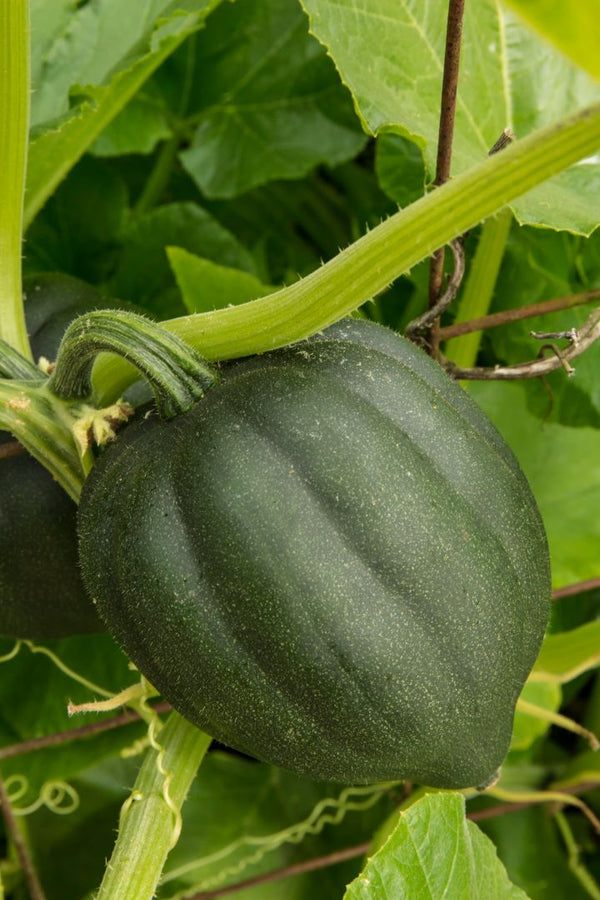Winter Squash Pest & Disease Protection
Insects
Organic Controls
Garden Insect Spray
Thrips, Pickleworms, leaf miners, Armyworms, mealy bugs
Horticultural Oil
Aphids, Squash bugs (Nymphs), Flea Beetle, Whiteflies, Spider Mites, Beetle larvae, leaf miners
Bug Buster-O
Aphids, Flea Beetle, Whiteflies, Cucumber beetles, Thrips, Mites, Armyworms
Monterey BT
Armyworms, pickleworms
Take Down Garden Spray
Aphids, Army Worms, Flea Beetle, Whiteflies, Mites, Squash bugs(Nymphs)Vine borer ( Nymphs)
Diatomaceous Earth
Cutworms
Non-Organic Controls
Take-Out
Aphids, , Squash Bugs, Flea Beetle, Whiteflies, Spider Mites, Thrips, leaf Miner, Vine borer, Cucumber beetle, Armyworms
Treat as needed using label instructions.
Common Diseases
Non-Organic Controls
Liquid cop
Downy Mildew, Powdery Mildew, Anthracnose, Alternaria Leaf Spot
Garden Phos
Downy Mildew, Powdery Mildew; Anthracnose, Alternaria Leaf Blight
Fungi Max
Powdery Mildew
Treat as needed using label instructions.

























































